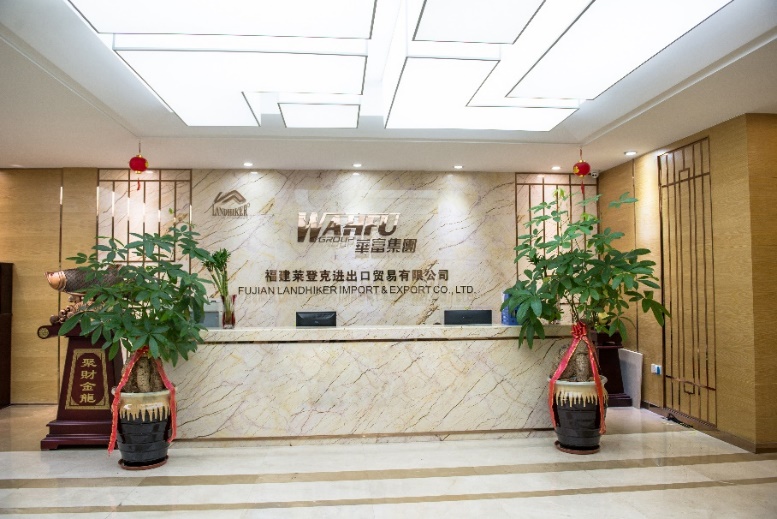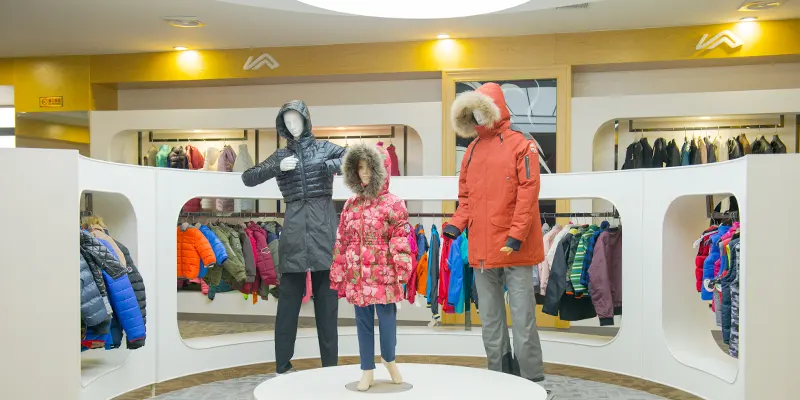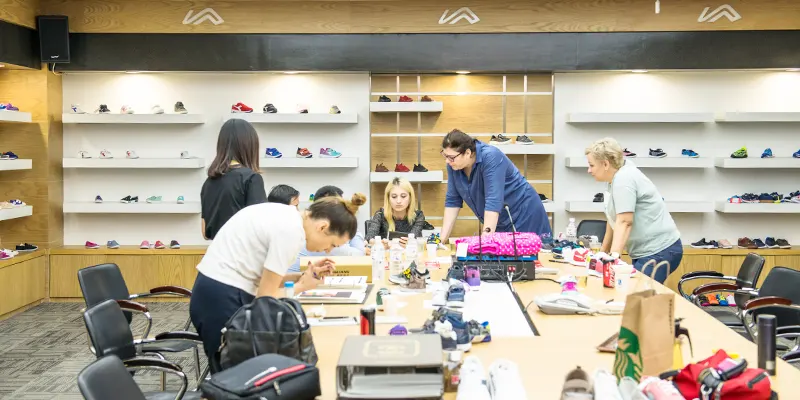Discover the Essentials of Sourcing Women's Athletic Shoes
Time:
20 Feb,2025
When it comes to sourcing women’s shoes, particularly the athletic variety, understanding the market dynamics, material choices, and consumer preferences is crucial. Women’s athletic shoes have evolved significantly over the years, blending functionality with style to cater to a wide range of activities from running to casual wear.
One of the primary factors to consider in sourcing women’s athletic shoes is the diversity of styles available. The market offers various types, including running shoes, cross-training shoes, and lifestyle sneakers. Each type is designed to meet specific needs, making it important for retailers to understand the intended use of the shoes they are sourcing. For instance, running shoes typically feature lightweight materials and specialized cushioning, while cross-training shoes provide more lateral support.
Material selection is another critical aspect of sourcing women’s shoes. The materials used can greatly influence the performance and comfort level of the shoes. Common materials include breathable mesh for ventilation, rubber for traction, and EVA foam for cushioning. It’s essential to stay updated on the latest advancements in materials, such as sustainable and eco-friendly options, which are becoming increasingly popular among environmentally conscious consumers.
Moreover, market trends play a significant role in the sourcing process. Current trends indicate a growing demand for stylish yet functional designs. Many women are looking for athletic shoes that they can wear not just during workouts but also as part of their everyday outfits. This trend highlights the importance of versatility in women’s shoes, prompting manufacturers to create designs that seamlessly transition from gym to street.
Sizing and fit are also critical considerations when sourcing women’s athletic shoes. Women’s feet can vary significantly in shape and size, and it's important to offer a range of options to accommodate these differences. Brands that provide detailed sizing guides and fit tips can enhance the shopping experience for customers, ensuring they find the perfect pair.
In addition to these factors, retailers should also focus on understanding their target audience. Insights into customer preferences, such as color choices, brand loyalty, and price sensitivity, can inform the sourcing strategy. Engaging with customers through surveys or social media can provide valuable feedback that shapes product offerings.
Lastly, maintaining quality control throughout the sourcing process is essential. Quality assurance ensures that the products meet the expected performance standards and adheres to safety regulations. Regular inspections and testing can help identify potential issues before they reach the consumers.
By considering these elements—styles, materials, market trends, sizing, audience understanding, and quality control—retailers can effectively navigate the complexities of sourcing women’s athletic shoes. This approach not only satisfies consumer demands but also positions retailers favorably in a competitive market.
One of the primary factors to consider in sourcing women’s athletic shoes is the diversity of styles available. The market offers various types, including running shoes, cross-training shoes, and lifestyle sneakers. Each type is designed to meet specific needs, making it important for retailers to understand the intended use of the shoes they are sourcing. For instance, running shoes typically feature lightweight materials and specialized cushioning, while cross-training shoes provide more lateral support.
Material selection is another critical aspect of sourcing women’s shoes. The materials used can greatly influence the performance and comfort level of the shoes. Common materials include breathable mesh for ventilation, rubber for traction, and EVA foam for cushioning. It’s essential to stay updated on the latest advancements in materials, such as sustainable and eco-friendly options, which are becoming increasingly popular among environmentally conscious consumers.
Moreover, market trends play a significant role in the sourcing process. Current trends indicate a growing demand for stylish yet functional designs. Many women are looking for athletic shoes that they can wear not just during workouts but also as part of their everyday outfits. This trend highlights the importance of versatility in women’s shoes, prompting manufacturers to create designs that seamlessly transition from gym to street.
Sizing and fit are also critical considerations when sourcing women’s athletic shoes. Women’s feet can vary significantly in shape and size, and it's important to offer a range of options to accommodate these differences. Brands that provide detailed sizing guides and fit tips can enhance the shopping experience for customers, ensuring they find the perfect pair.
In addition to these factors, retailers should also focus on understanding their target audience. Insights into customer preferences, such as color choices, brand loyalty, and price sensitivity, can inform the sourcing strategy. Engaging with customers through surveys or social media can provide valuable feedback that shapes product offerings.
Lastly, maintaining quality control throughout the sourcing process is essential. Quality assurance ensures that the products meet the expected performance standards and adheres to safety regulations. Regular inspections and testing can help identify potential issues before they reach the consumers.
By considering these elements—styles, materials, market trends, sizing, audience understanding, and quality control—retailers can effectively navigate the complexities of sourcing women’s athletic shoes. This approach not only satisfies consumer demands but also positions retailers favorably in a competitive market.
Share to









